- Log in
-
- Sydney Overseas Office
- London Overseas Office
- Toronto Overseas Office
- Los Angeles Overseas Office
- New York Overseas Office
- Ulaanbaatar Overseas Office
- Istanbul Overseas Office
- Dubai Overseas Office
- New Delhi Overseas Office
- Manila Overseas Office
- Jakarta Overseas Office
- Hanoi Overseas Office
- Kuala Lumpur Overseas Office
- Singapore Overseas Office
- Bangkok Overseas Office
- Map
- Sydney Overseas Office
- London Overseas Office
- Toronto Overseas Office
- Los Angeles Overseas Office
- New York Overseas Office
- Ulaanbaatar Overseas Office
- Istanbul Overseas Office
- Dubai Overseas Office
- New Delhi Overseas Office
- Manila Overseas Office
- Jakarta Overseas Office
- Hanoi Overseas Office
- Kuala Lumpur Overseas Office
- Singapore Overseas Office
- Bangkok Overseas Office
Medical Service
-
-
-
From Cosmetic Treatments to Complex Surgeries: K-Dental’s Well-Found Popularity
-
02/26/2025
-
372
0
0
-
-
Dentistry
Korea_Medical_Tourism
Useful_Information
-
-
-
From Cosmetic Treatments to Complex Surgeries: K-Dental’s Well-Found Popularity
A new must-visit destination is emerging among international medical tourists—dentistry. Beyond cosmetic procedures such as orthodontics and teeth whitening to enhance appearance, more people are seeking to improve their quality of life with implants and oral treatments for better dental health. What dental procedures have advanced in Korea, and what treatments are drawing international patients?
1. Strengths of Korean Dentistry
POINT 1. World-Class Medical Care Quality
Korean dental tourism is gaining global attention for its world-class treatment quality, state-of-the-art dental clinics equipped with advanced technology, and reasonable costs. Dentistry is one of the first medical fields to integrate advancements in scientific technology. In Korea, even a regular dental clinic is equipped with cutting-edge technology. Patients can receive treatment in a high-tech environment featuring X-ray with automatic image analysis, FDA-approved 3D CT scanners, intraoral cameras, and dental microscopes.
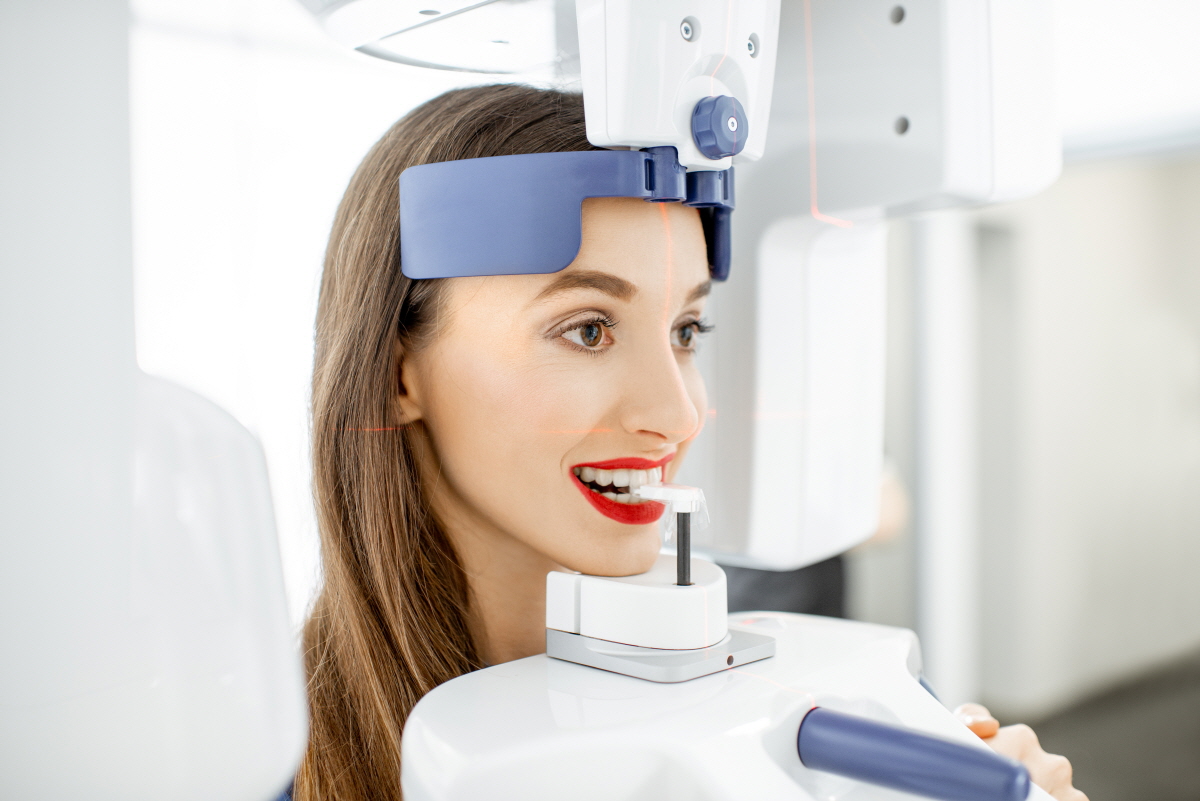
3D CT ⓒClipartKorea
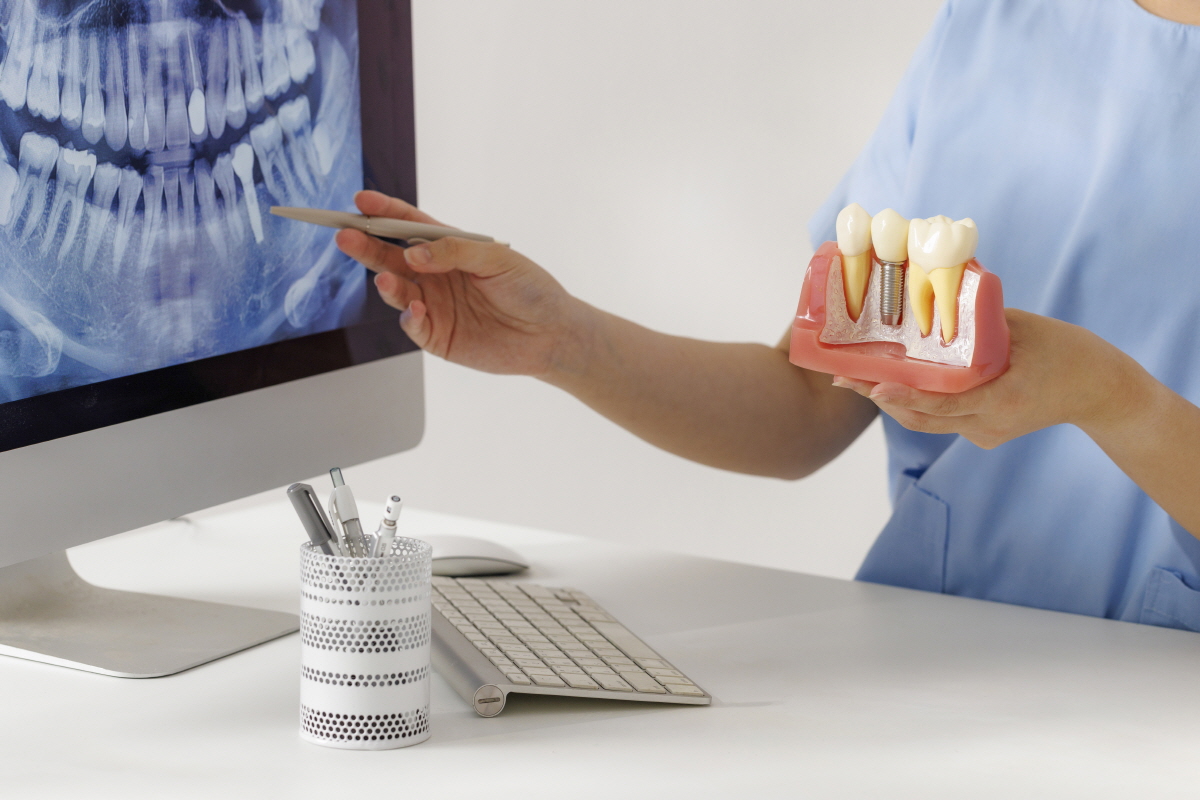
3D CT for Precise Analysis ⓒClipartKorea
Just 10 years ago, severe underbites could only be corrected with double-jaw surgery, but now they can be treated without surgery. Likewise, 5 years ago, placing implants in areas with weak bone or a high risk of inflammation was difficult, but today it is possible. This is thanks to the extensive clinical experience of highly skilled Korean dental specialists. Moreover, dental specialties in Korea are divided into 11 different fields, allowing patients to receive expert care in each field. Dental treatment costs in Korea are also highly competitive compared to those in major developed countries. Because of Korea’s unique healthcare insurance policy, which sets standardized treatment fees, overall dental costs remain relatively low.
Average Dental Treatment Fees Across Six Major Countries Including Korea (Unit: USD)
Category Korea USA UK Australia New Zealand Japan Implant 896 3096 - 2937 3499 2759 Oral Examination 7.5 96 78 43 47 14 Tooth Extraction 20 325 134 131 146 75 Zirconia Crown 450 1316 656 - 848 1034 Scaling 30 209 73 78 50 10 Root Canal Treatment 75 1223 547 143 590 64 Composite Resin 75 191 134 107 153 - Radiography 7.5 6 15 29 75 - POINT 2. World’s No.1 Dental Implants

The world’s No.1 implant company is based in Switzerland. Interestingly enough, the country that performs the most implant procedures globally is South Korea, with six times more procedures than Switzerland. As a powerhouse in implant dentistry, Korea boasts a success rate of over 90%. This remarkable rate, even in complex implant procedures, is attributed to the expertise of highly skilled dentists and advancements in digital dentistry*.
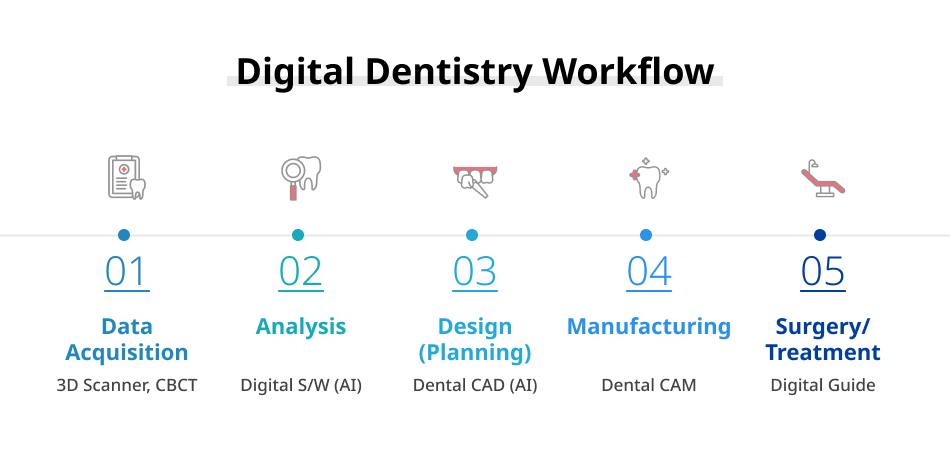
As Korean dentistry transitions from traditional manual methods to digital dentistry, it has driven the development of advanced dental equipment such as CBCT (Cone Beam Computed Tomography), intraoral scanners, and 3D printers. This advancement has enabled highly personalized dental treatment for each patient. Most dental clinics in Korea provide safe implant procedures by crafting customized prosthetics. Using 3D CT imaging, dentists conduct a precise analysis of alveolar bone’s shape or density, nerve and blood vessel locations, and teeth arrangement. A simulation is then used to determine the optimal implant placement method. This approach allows for a preoperative view of the alveolar bone’s interior, reducing the risk of complications caused by nerve damage or excessive bone strain. Additionally, it requires minimal gum incision, resulting in less bleeding and faster recovery.
* Digital Dentistry: The application of digital technology throughout the entire fabrication and treatment process.POINT 3. Enhancing Function and Beauty with Cosmetic and Orthodontic Treatments
Influenced by K-beauty, many patients from China and Southeast Asia visit Korean dental clinics for cosmetic treatments. Cosmetic dentistry is a branch of dental care that modifies or corrects dental features that patients find aesthetically unsatisfactory. It is commonly performed for cases such as severe crowding, protruding teeth, gaps between front teeth, uneven tooth sizes, or yellow teeth due to discoloration or staining. Well-aligned teeth not only create a bright smile but also boost confidence in social interactions and leave a positive first impression. So, what specific types of cosmetic treatments are available?
3-1. Laminate Veneers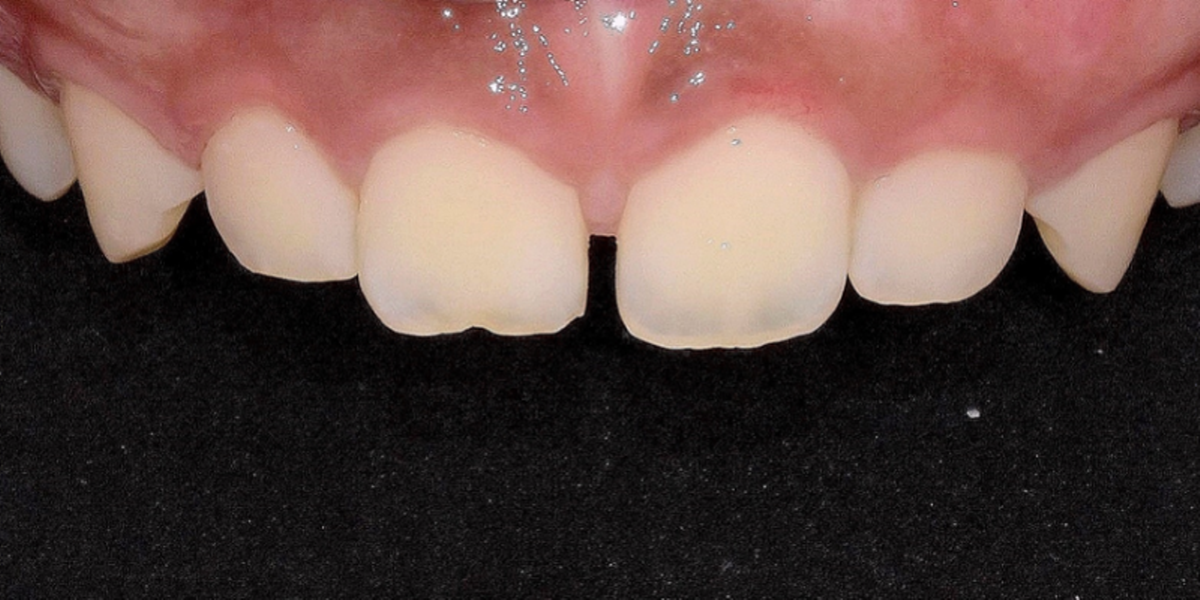
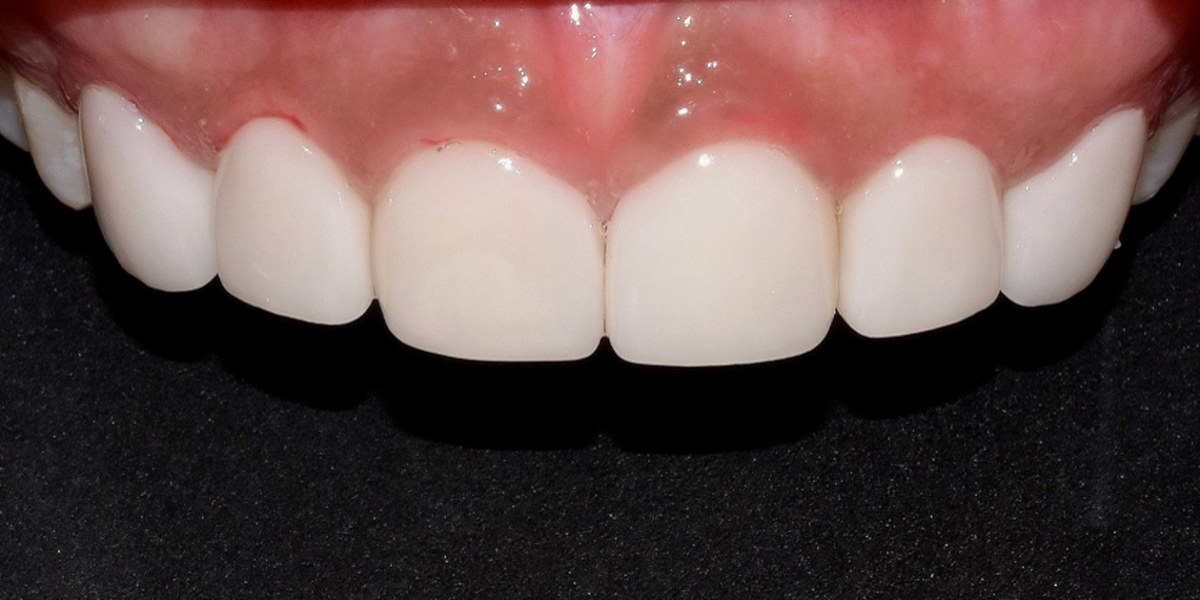
Before Laminate VeneersⓒD-DAY DENTAL CLINIC / After Laminate VeneersⓒD-DAY DENTAL CLINIC
This procedure is suitable for gaps between front teeth or slight crookedness, partially chipped or broken front teeth, and yellowed or darkened teeth. Laminate veneers involve taking a thin mold from the front of the tooth and creating a layer of porcelain, which is then bonded to the tooth to improve its appearance. Recently, no-prep veneers, which reshape teeth without enamel removal, have been increasingly used in certain cases.
3-2. All-Ceramic Crowns
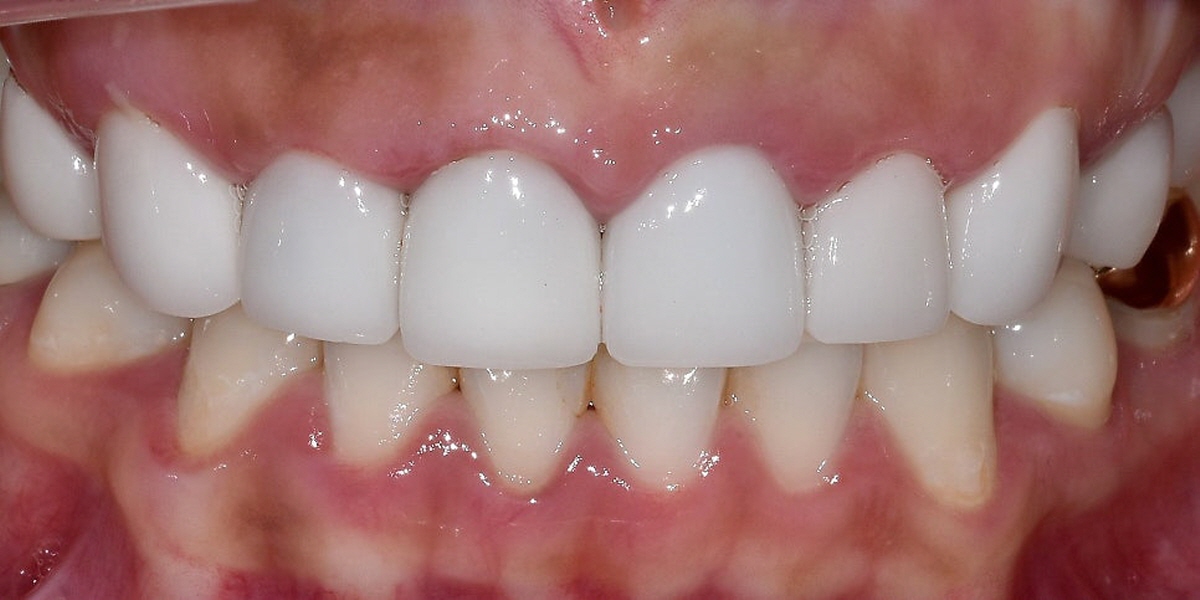
Before All-Ceramic CrownsⓒD-DAY DENTAL CLINIC / After All-Ceramic CrownsⓒD-DAY DENTAL CLINIC
This treatment is ideal for gaps between front teeth, severely misaligned teeth, and severe tooth discoloration caused by external factors. It offers a quick solution for correcting tooth color, shape, size, and alignment. The procedure consists of reshaping the entire tooth and covering it with an all-ceramic crown. In some cases, partial tooth extraction may be performed, followed by restoration with a dental bridge.
3-3. Teeth Whitening
Before Teeth Whitening / After Teeth Whiteningⓒ미니쉬치과병원(Minish dental)
This procedure uses whitening agents to quickly brighten teeth or restore their original color in cases of staining caused by pigment deposits or partial discoloration. Teeth whitening is classified into professional and at-home whitening: Professional whitening is performed by a dentist at a clinic where the treatment progress is monitored, and follow-up sessions are determined accordingly. At-home whitening involves using a custom-made whitening device provided after professional treatment, allowing the patient to continue whitening at home.
POINT 4. Advanced Open TMJ Surgery Expertise
Temporomandibular joint (TMJ) disorder refers to a condition in which functional and structural abnormalities develop in the jaw joint and facial muscles. It can cause pain or noise in the jaw joint, as well as limited mouth opening. It can also be accompanied by tinnitus, dizziness, and headaches, making it one of the key disorders that significantly impact quality of life. Approximately 80-90% of TMJ disorder patients see improvement with non-surgical treatments, including medication, physical or behavioral therapy, as well as minimally invasive procedures. However, about 5% of patients require surgical intervention, such as open jaw joint surgery. This is one of the most complex dental operations, requiring extensive surgical experience and advanced skills from the surgeon. Korean medical professionals have an elevated level of expertise in this specialized field, attracting medical practitioners from advanced healthcare nations such as Taiwan, Singapore, Europe, and the United States to visit Korean dental institutions to learn the procedure.
2. Key Things to Check Before Visiting a Korean Dental Clinic
* This content is based on interviews with Prof. Bu-kyu Lee (Department of Oral and Maxillofacial Surgery, Asan Medical Center, Seoul) and Dr. Jung-chul Park (Director of Yonsei Goodday Dental Clinic) in the order listed.

Prof. Bu-kyu Lee, Department of Oral and Maxillofacial Surgery, Asan Medical Center, Seoul
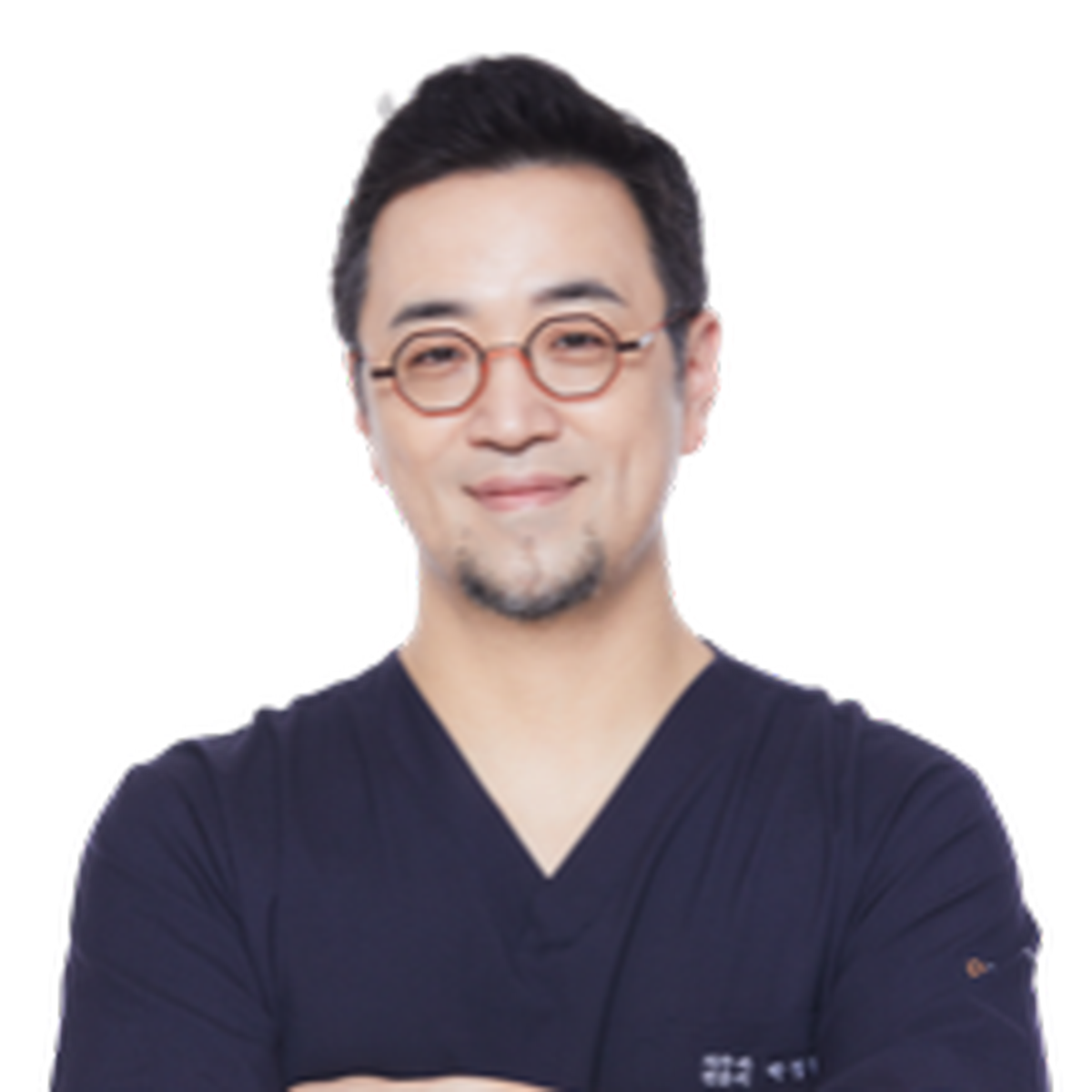
Dr. Jung-chul Park, Director of Yonsei Goodday Dental Clinic
- Create a Treatment Plan
- Consult with the Clinic Online
If you are planning dental treatment in Korea, advance preparation is essential. Since you will be visiting from abroad, it is essential to carefully plan your treatment schedule, length of stay, clinic selection, and consultation process to achieve a satisfactory outcome. Many patients assume that dental treatment can be completed in a single visit. However, most procedures require multiple visits and follow-up checkups. In particular, the duration of implant treatment can vary depending on the number of implants, the surgical site, and the presence of systemic conditions. The average treatment duration is relatively long, typically ranging from 3 to 6 months for the upper jaw and 3 to 5 months for the lower jaw, with many cases requiring additional visits. Therefore, it is crucial to plan your treatment in advance, considering factors such as travel time, length of stay, and hospital admission schedule. Before visiting Korea, it is advisable to use the hospital’s online consultation service or SNS messenger to confirm if you are a suitable candidate for your desired surgery or procedure. According to an interview with Prof. Lee Bu-kyu from the Department of Oral and Maxillofacial Surgery at Asan Medical Center, only 1 to 2 out of 10 patients who undergo an online consultation proceed with double-jaw surgery or open TMJ surgery. This means that visiting without a prior consultation may result in difficulties, such as being ineligible for treatment or facing an unexpected treatment plan. Therefore, a thorough online consultation in advance is highly recommended.
Columnist Profile : Medicine Channel After the Rain, Jin-hee Jeong (Pharmacist), PD


- 1330 Korea Travel Helpline: +82-2-1330
- 1330 Text Chat: https://m.site.naver.com/1rEid
- (Korean, English, Japanese, Chinese, Russian, Vietnamese, Thai, Indonesian)
- * This column was last updated in December 2024, and therefore information may differ from what is presented here.
-







 Medical korea
Medical korea